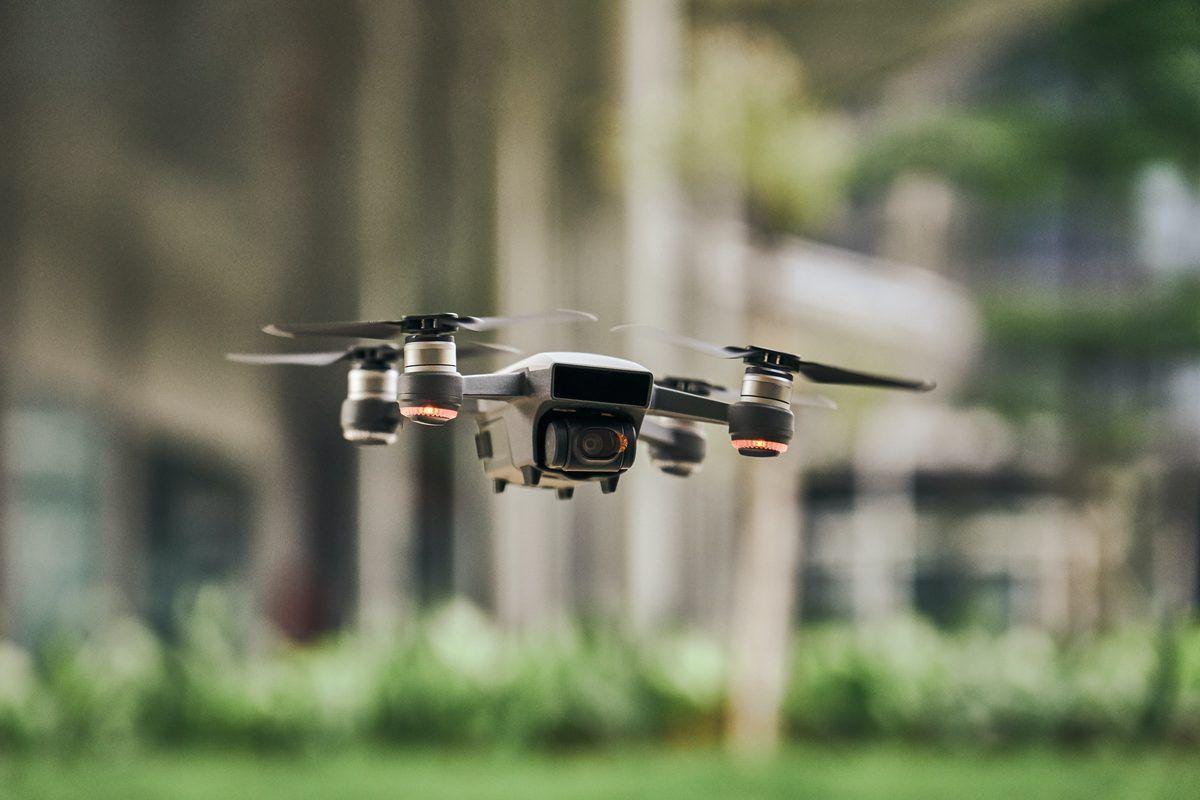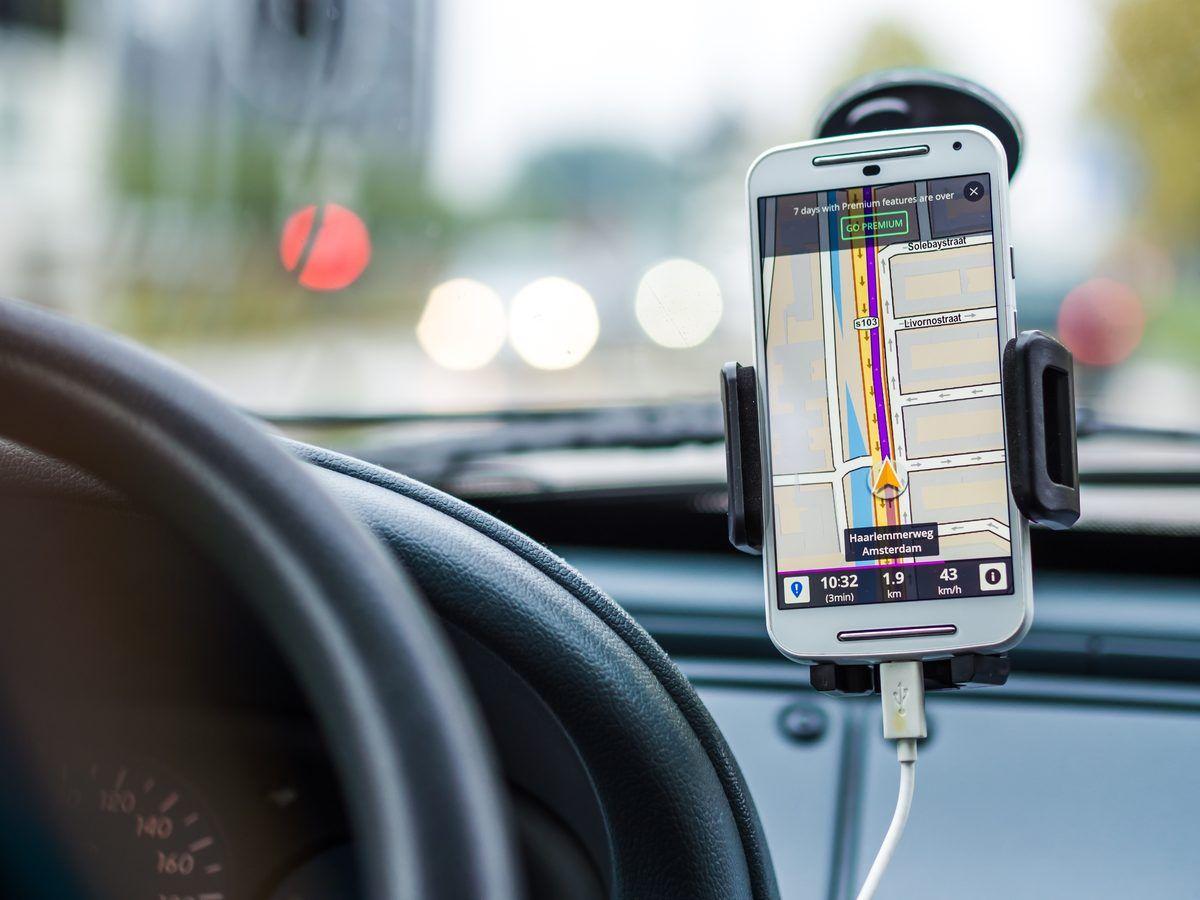There are so many great applications of Artificial Intelligence in daily life, by using machine learning and other techniques in the background. AI is everywhere in our lives, from reading our emails to receiving driving directions to obtaining music or movie suggestions. Don’t be scared of AI jargon; we’ve created a detailed AI glossary for the most commonly used Artificial Intelligence terms and the basics of Artificial Intelligence. Now if you’re ready, let’s look at how we use AI in 2022.
Best usages of Artificial Intelligence in everyday life (2022)
Artificial intelligence (AI) appears in popular culture most often as a group of intelligent robots bent on destroying humanity, or at the very least a stunning theme park. We’re safe for now because machines with general artificial intelligence don’t yet exist, and they aren’t expected to anytime soon. You can learn the risk and benefits of Artificial Intelligence with this article.
We’re nowhere near living in Westworld, but that doesn’t make AI’s possible impact on our future trivial. According to a recent poll, more than 72 percent of Americans are concerned about machines doing many human tasks in the future. Additionally, tech entrepreneur Elon Musk, who has long pushed for government regulation of AI, recently compared AI to nuclear weapons in terms of its danger. It is reasonable when we think about the impact of Artificial Intelligence in industry 4.0, but we aren’t there yet. If you want, you can check the Artificial Intelligence trends in 2022.

Artificial intelligence is now part of our everyday environment, whether we are aware of it or not. AI lurks in the background every time we open our Facebook newsfeed, conduct a Google search, purchase a suggestion from Amazon, or book a trip online. There are also popular AI apps that help us. So, what is the best Artificial Intelligence app? If you ask what is the point of all these apps and wonder is Artificial Intelligence better than human intelligence, go to this article.
AI usage types
We can distinguish two types of AI applications to enhance people’s daily lives.
Software/Methodology:
Voice assistants, image recognition for face unlock in cellphones, and ML-based financial fraud detection are examples of AI software currently being used in everyday life. Typically, just downloading AI software from an online store and having no other devices is required.
Embodied
Drones, self-driven vehicles, assembly-line robots, and the Internet of Things (IoT) are examples of AI implementation in hardware. This includes the development of specific devices that incorporate AI capabilities.
We need AI in our lives such as Artificial Intelligence call centers or Artificial Intelligence games. So, let’s take a deep dive into the usage of Artificial Intelligence in everyday life.
Examples of how AI improves our everyday life
AI and ML-driven software and devices emulate human thought processes to help society move forward with the digital revolution. AI systems recognize their surroundings, handle what they see, resolve issues, and take action to assist with chores to make daily life more comfortable.
How Artificial Intelligence improves Social Media?
People regularly check their social media accounts, including Facebook, Twitter, Instagram, and other platforms. AI is not only working behind the scenes to customize your feeds, but it’s also detecting and eliminating false news.

Twitter has started to rely on artificial intelligence behind the scenes to improve its product, from suggesting tweets to fighting offensive or racist material and improving the user experience. To learn in time what customers’ preferences are, they use advanced neural networks that process a large amount of data.
Deep learning assists Facebook in extracting value from a growing number of its unstructured data sets, acquired from almost 2 billion users updating their statuses 293,000 times a minute. Most of Facebook’s deep learning technology is based on the Torch framework, which focuses on deep learning and neural networks.
Instagram also makes use of big data and artificial intelligence to target advertising and combat cyberbullying, as well as remove abusive comments. As the number of posts on the platform increases, artificial intelligence is becoming increasingly important in showing people information they might be interested in, removing spam, and improving user experience.
Chatbots
Chatbots are AI programs that can answer questions and deliver relevant content to consumers with common queries. Sometimes, chatbots are so successful that it appears as if you’re interacting with a real person.
Autonomous vehicles and aircraft
Drones, or unmanned aerial vehicles (UAVs), are already present in our skies, conducting surveillance and providing delivery services in various plans, among them the delivery of medicines and necessities to confined-to-home elderly persons COVID-19 restricts their mobility.

While the autonomous vehicle market is still in its early phases, there are already enough prototype and pilot projects to indicate that such vehicles will become more common as artificial intelligence and IoT (Internet of Things) technologies improve. Artificial Intelligence in everyday life is increasing day by day.
Digital assistants
Virtual assistants like Siri, Cortana, Google Assistant, and others have made our lives easier. They’ve acted as a fantastic friend, reminding us to pick up a package and telling us jokes. This software can recognize speech patterns and offers natural language processing functionality. It also has the potential to learn about the user via monitoring working hours, screentime, and other related data. Because of its use of artificial intelligence, it can practice learning and listen like a person.
Food ordering sites
Around mealtime, tempting notifications about breakfast, lunch, and dinner frequently arrive from online ordering applications and sites. This is made possible by artificial intelligence software that keeps track of the time when you’re most likely to want food. Not only that but AI also keeps track of the types of foods you enjoy eating and offers comparable cuisines based on your preferences.
Music and media streaming services
Other excellent examples of AI are the music and video streaming services that we use daily. AI makes judgments for you when you use Spotify, Netflix, or YouTube. These platforms provide suggestions based on your preferences.

Remember that AI is involved the next time you play a recommended video on YouTube, watch a suggested show on Netflix, or any other media for that matter.
Plagiarism
The college student’s (or, perhaps, the professor’s) nightmare. Whether you’re a content manager or a teacher grading essays, you’ve probably faced the same issue: the internet has made plagiarism more convenient.
There is an almost limitless amount of knowledge and data available, which unscrupulous students and employees will take advantage of it.
To be honest, no person on Earth can compare and contrast someone’s essay with all the data accessible. AIs are a completely different species. AI can analyze an enormous amount of data, compare it to the relevant text, and see whether a match exists or not.
Furthermore, due to progress and development in this field, certain tools can now check sources in other languages and pictures and audio.
Banking
Today, many larger banks allow you to deposit checks using your smartphone. You may deposit cheques with just a few taps rather than going to the bank. Aside from the obvious precautions when utilizing your phone to access your bank account, a check also requires your signature.
Banks now employ artificial intelligence (AI) and machine learning software to read your handwritten signature, compare it with the one you provided the bank previously, and authorize a check without risk.
In general, machine learning and AI technology enable computers to complete many tasks much more quickly. As a result, operations are completed more efficiently, wait times are reduced, and costs are reduced. Artificial Intelligence in everyday life is increasing day by day.
Credit and fraud
While we’re on the subject of banking, let’s speak about fraud for a moment. Every day, a bank handles millions of transactions. It’s tough for a typical person to keep track of all that and analyze it.

Furthermore, the appearance of fraudulent transactions varies on a daily basis. With AI and machine learning algorithms, you may process thousands of transactions in a second. Furthermore, they may be trained to recognize what problematic activities might appear like and prepare for future problems.
Finally, when you apply for a loan or obtain a credit card, a bank must verify your application. The software can now handle numerous elements, such as your credit score, financial history, etc. This means that approval waiting periods are reduced, and less room for error.
Online commerce (eCommerce) and shopping
Consumers’ online shopping experience is becoming more personalized and streamlined, owing to artificial intelligence (AI) technologies such as machine learning.
AI-powered automated warehousing and supply chain management systems assist commercial enterprises in better managing their logistics. At the same time, sentiment analysis allows them to better understand and react to their consumers’ needs and behavior.
Navigation and travel
The job of AI engineers behind navigation apps like Google Maps and Waze never ends. Only satellite images, which are updated every second, can effectively be cross-checked by ML algorithms unleashed on them.

Researchers at MIT recently developed a navigation method that tags road features in digital maps, all in real-time. These digital maps are also produced simultaneously based on satellite pictures with incorporated information about cycling lanes and parking places.
Convolutional Neural Networks (CNN) and Graph Neural Networks (GNN) have assisted with the reduction of repetitive route changes. AI also aids in determining routes on satellite images covered by vegetation growth using predictive models.
Transportation
Vehicle rentals, such as Uber and Lyft, are extremely useful since they can provide you with a car nearly every time you need one. However, we underestimate the AI-based programs that operate on them. We frequently get a notification to hail a cab before leaving for home from the workplace. How do these applications know when we need a taxi? Because these apps use deep learning technology and have already identified our routine behavior, they can do so. Artificial Intelligence in everyday life is increasing day by day.
Video games
In video games, we often compete with a virtual competitor. This virtual player is an embodiment of a real gamer and is designed to duplicate the gaming behavior throughout time with the help of machine learning and programming, providing the user with a delightful gaming experience.

Email system
The email communication system is a great deal of fun. Unwanted emails are immediately filtered out and tagged as spam or non-urgent. When creating a new email, the software suggests possible replies. Some email systems also include functions that notify users when it’s time to submit their messages. Artificial intelligence is required for all of these useful features to existing.
Video games
AI or similar technologies may be found in various video games, including racing games, shooting games, and strategy games. The main aim of incorporating AI into gaming is to provide players with a realistic gaming experience to compete on a digital platform. Some businesses are now creating computer games to analyze their habits and improve their algorithms.
Job seeking apps
Many job-search engines are employing deep learning to understand more and more about the user and his needs. These applications use software that allows consumers to discover the finest possibilities by suggesting jobs, roles, employees, and other pertinent information.
Audio to text converters
Have you ever wondered how a non-living device responds to your voice command and converts it into text? What happens to the sound of your voice when it’s converted to text? Why don’t we encounter any language difficulties while interacting with our digital assistants? The most popular response to all of these inquiries is that speech recognition and natural language processing are utilized to develop these programs. As we said before, Artificial Intelligence Technology is largely based on these two technologies. As a result, it gives us a variety of intelligent characteristics.
Security and surveillance
Every country has its own set of rules, but whether or not you think it’s a good idea to have a massive surveillance system is up for debate. We may all disagree about the ethics of utilizing such a system, but there’s no doubt that it’s being utilized, and AI plays an important role in this.

Because humans cannot keep track of many monitors at once, AI makes perfect sense since it allows machines to do so. Thanks to technological advances such as object recognition and face recognition, it won’t be long before all security camera feeds are watched by AI rather than people. While AI will take some time to become fully accepted, it will eventually become our future.
Smart Home
When it comes to utilizing AI in creating smart homes, Alexa and Bixby are at the top of our thoughts. However, these applications of AI aren’t limited to Smart-voice assistants like Alexa and Bixby.
AI is also being used to make homes smarter in a variety of different ways, including smart thermostat devices that regulate temperature automatically using AI. These AI applications save energy by automatically switching on/off lights based on human presence, smart speakers, apps that adjust the light color based on time of day, and so forth. Artificial Intelligence in everyday life is increasing day by day.
Google predictive search algorithms
Whenever you try to look something up on Google, you’ve undoubtedly seen a few of the auto-populated search terms in the search bar. This is Google’s Autocomplete feature, which displays prognostications as you type each character of your query.
RankBrain is the algorithm for Artificial Intelligence employed by Google’s Predictive Search. Its job is to retrieve results based on the data supplied in the query. It improves search results with each search, bringing in more relevant results for the user.
Google uses various technologies in its search engine, including Neural Networks, Deep Learning, Machine Learning, and Artificial Intelligence. It would be hard to imagine life without Google’s search algorithms because they are effective.
Internet of Things
The confluence of AI and the Internet of Things (IoT) provides a wealth of possibilities for creating smarter home technologies that need less human intervention to function. The AI component, on the other hand, aids these gadgets in learning from data.
Create, communicate, aggregate, analyze, and act are the five major phases in IoT-enabling. The effectiveness of the “act” step is dependent on how thorough the analysis was; AI adds a lot of value to this process.
The value of data gathered by IoT devices is unlocked via IoT’s adaptability. Learnings from this information over time help IoT technology to respond to human signals and need more effectively.
Recipes and cooking
AI has the potential to improve various things, including home management. However, it may also assist with various activities outside the realm of typical AI research. For example, AI might be used to help chefs prepare meals more efficiently.

Rasa has created an AI system that analyzes food and then presents recipes based on what you have in your kitchen and pantry. This sort of AI is great for individuals who enjoy cooking but don’t want to spend much time planning ahead of time.
Autocorrect
Autocorrect does more than just correct typos; it also suggests the user with the next word in a sentence, making it an essential aid for anyone who types quickly. Have you ever wondered how autocorrect understands what you want to write? It’s simple: With the help of pattern recognition (AI), it can save your most frequently used letters and send you the most frequent texts. This establishes a pattern in the device’s artificial memory, which is later used for suggestions and forecasts.
Medical applications
The medical application of AI is incredible. Devices are being utilized to identify and treat damaged tissues, including Google AI Eye Doctor, which works with an Indian eye health chain to develop a cure for diabetic retinopathy, a disease that causes blindness. IBM Watson Health also uses computer algorithms to monitor patients’ health. With AI and cutting-edge cognitive capabilities like data processing, healthcare has been revolutionized extraordinarily.

Conclusion
Thanks to the continuous increase in data available to machine learning algorithms, Artificial Intelligence is evolving. This allows Artificial Intelligence to function more effectively because trained ML models may be molded to work better with users’ wide array of real data. The following are a few of the most prominent examples of AI in everyday life that are widespread and easy to use. This proves that AI is already changing our lives by allowing us to be more productive while also putting our efforts toward actual problems.
The future is now. AI technology will only accelerate, expand, and become more important to all industries and virtually every aspect of our everyday lives in the future.






